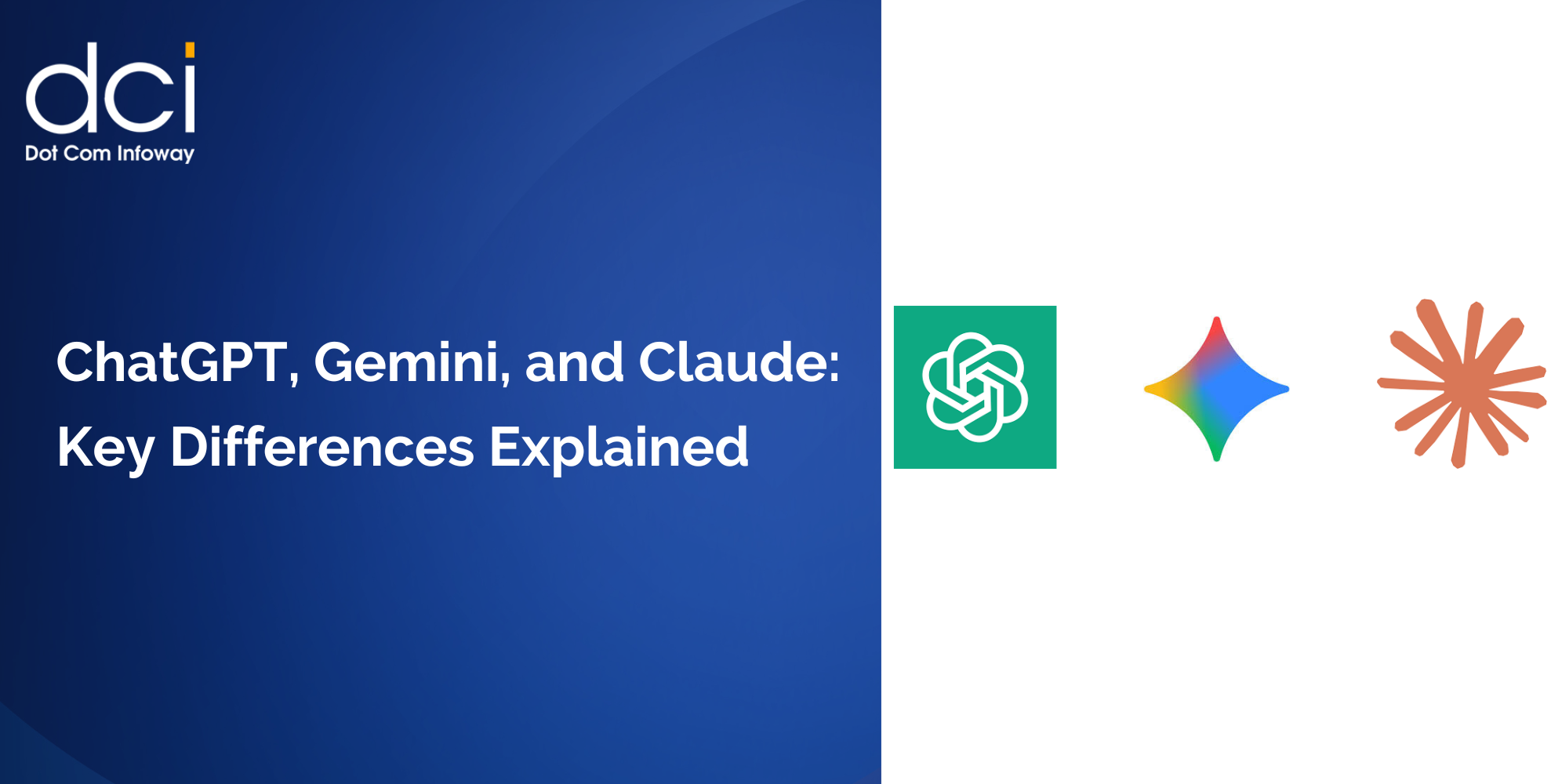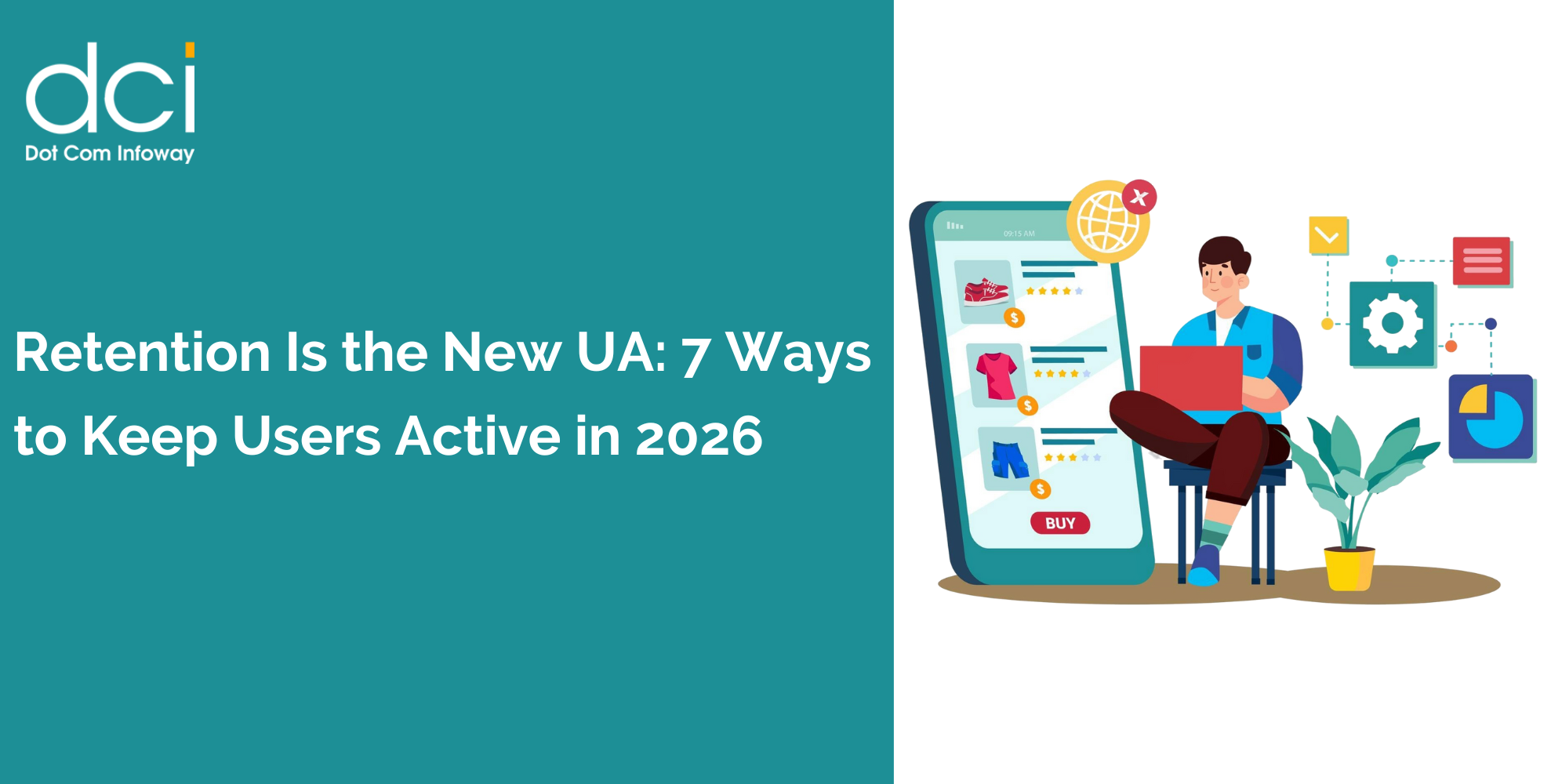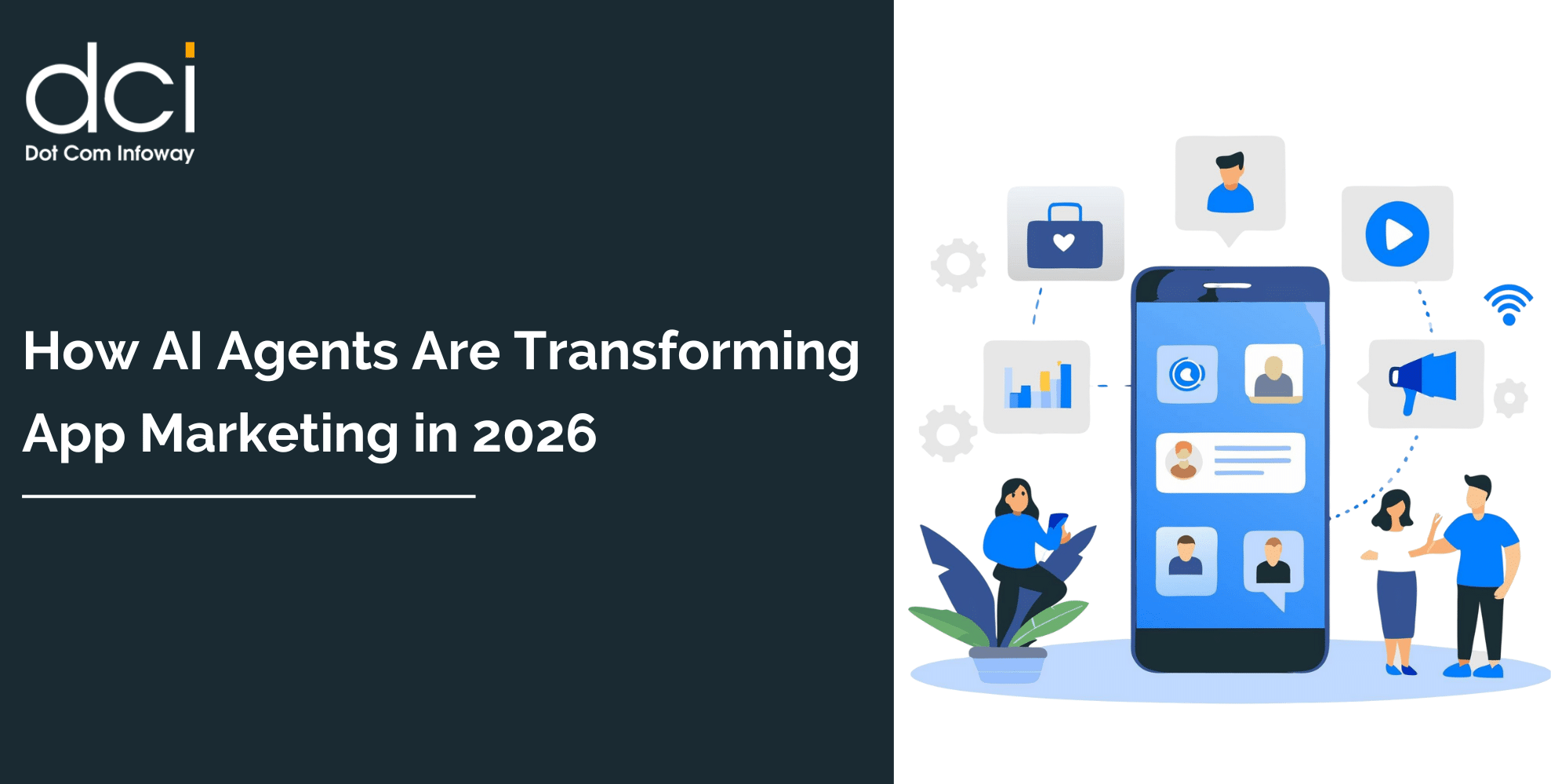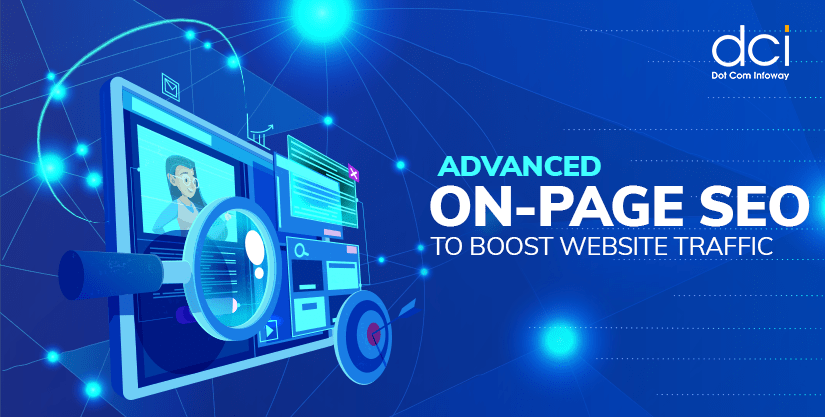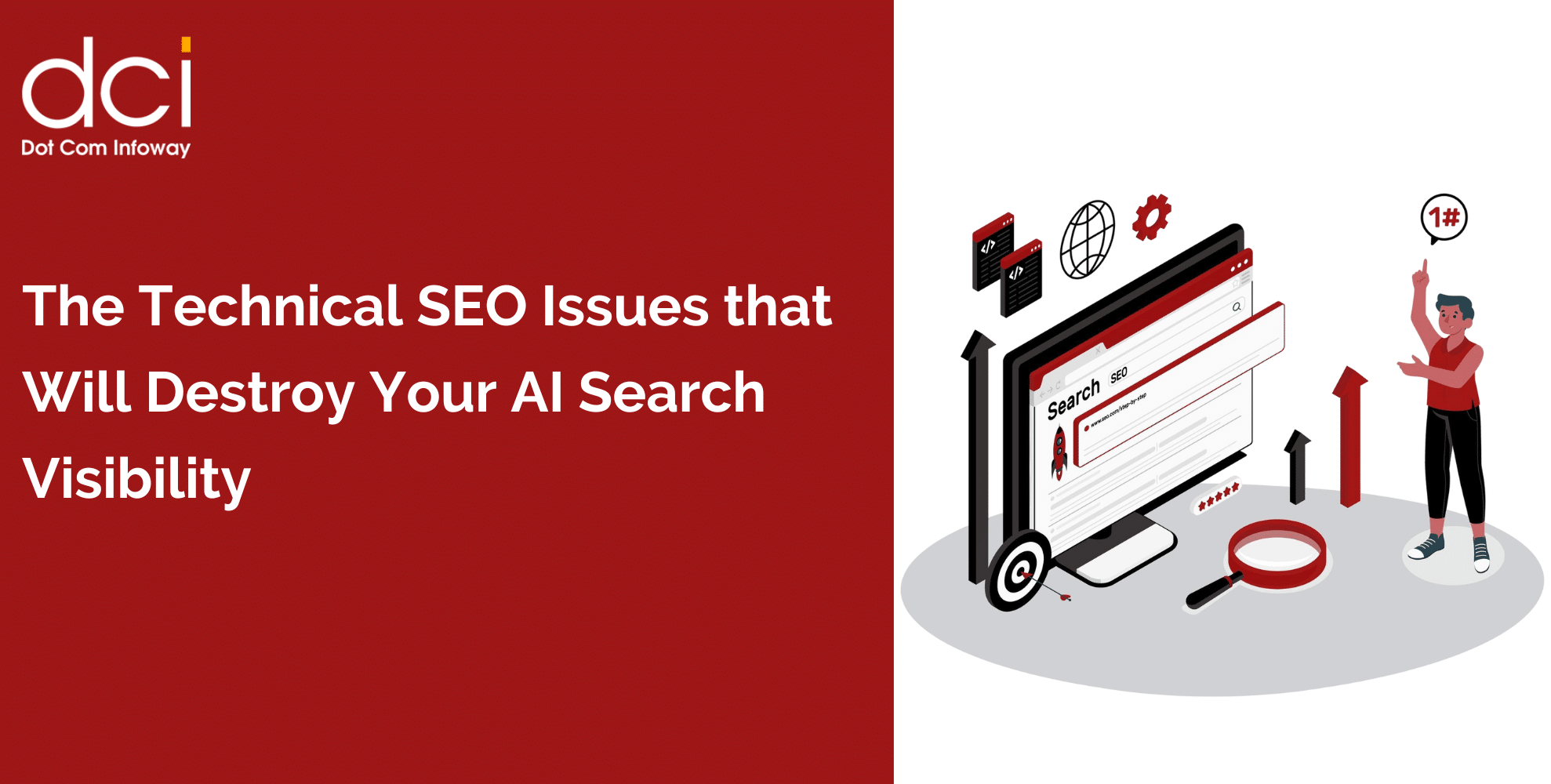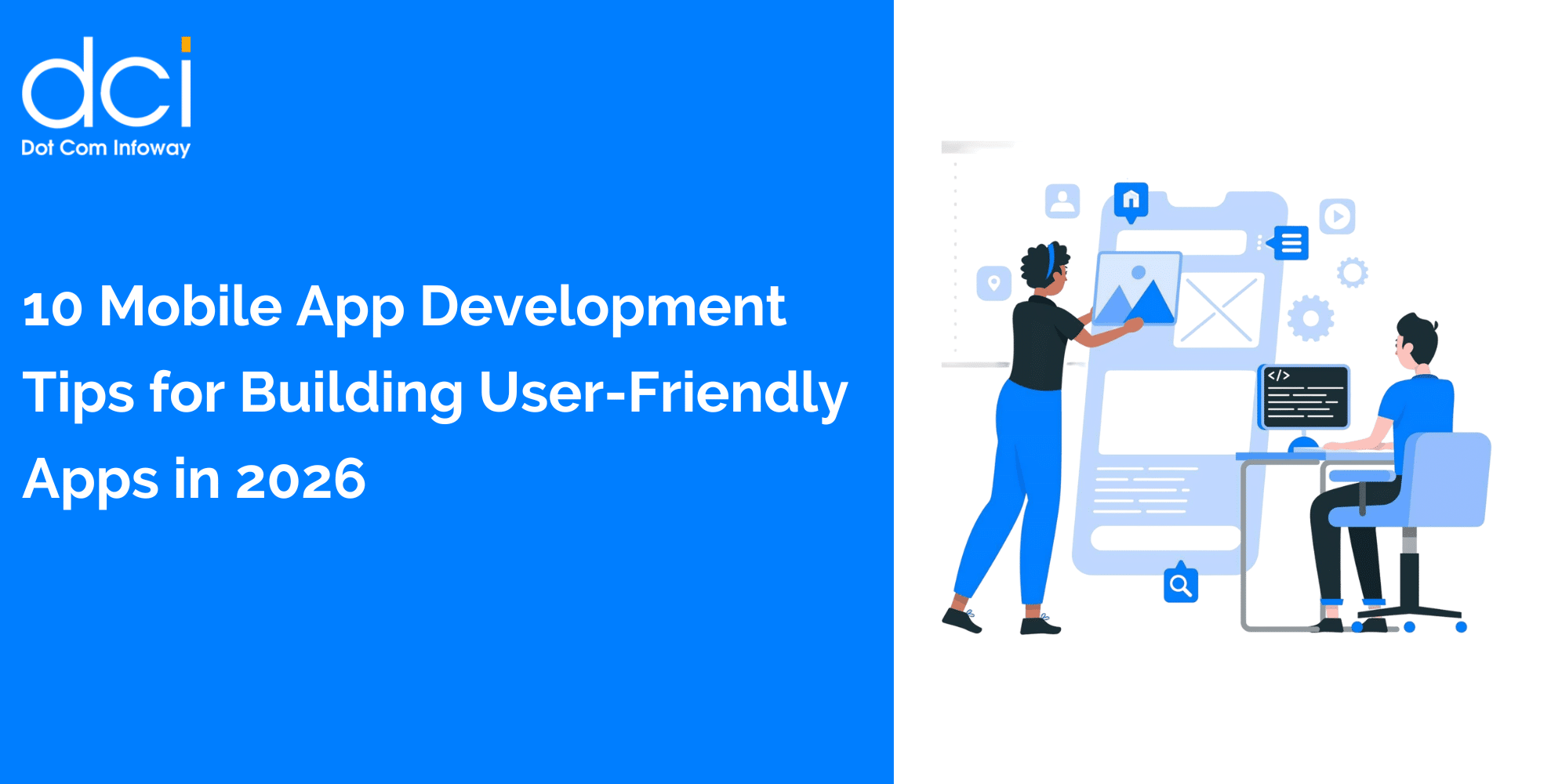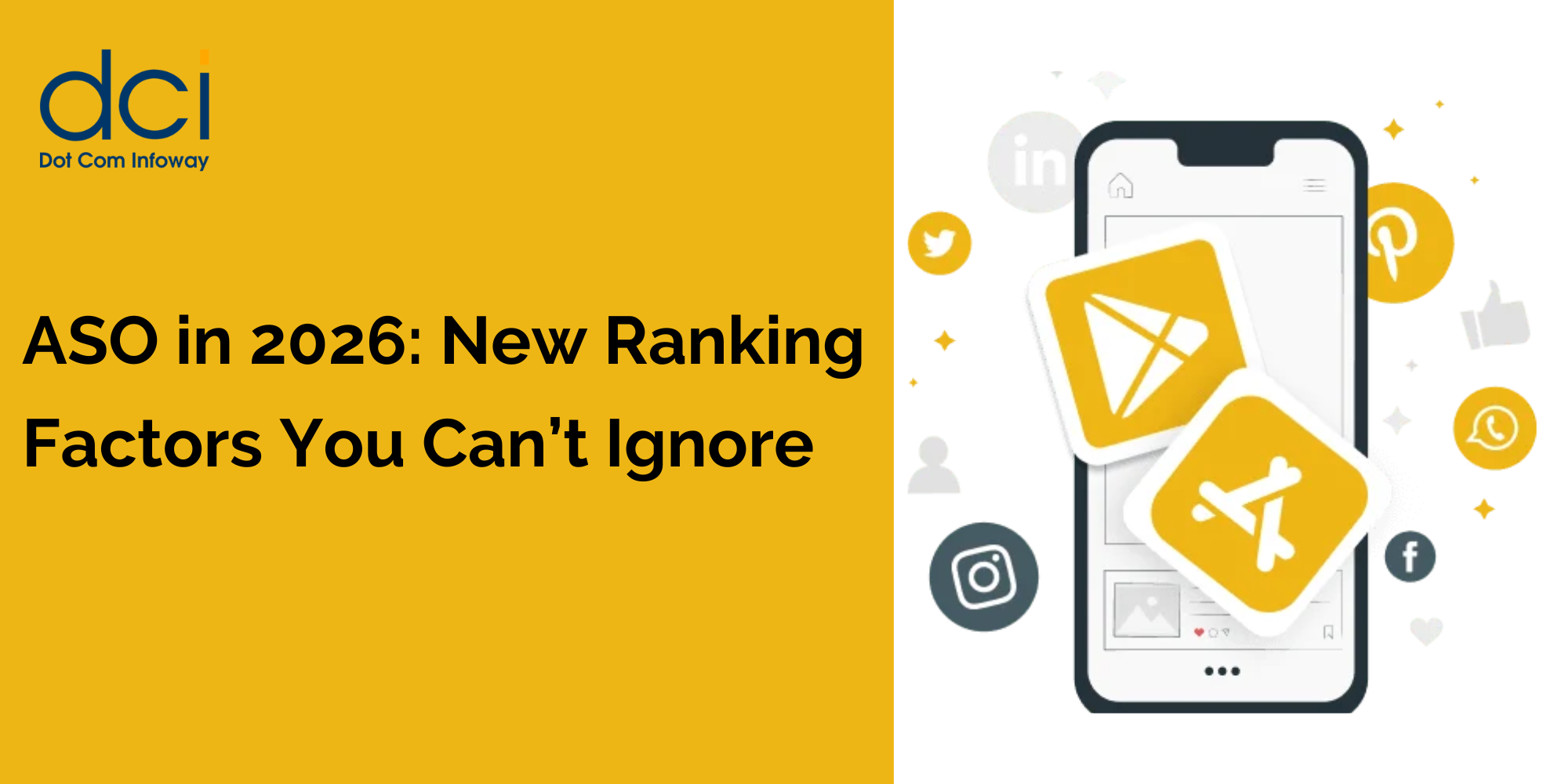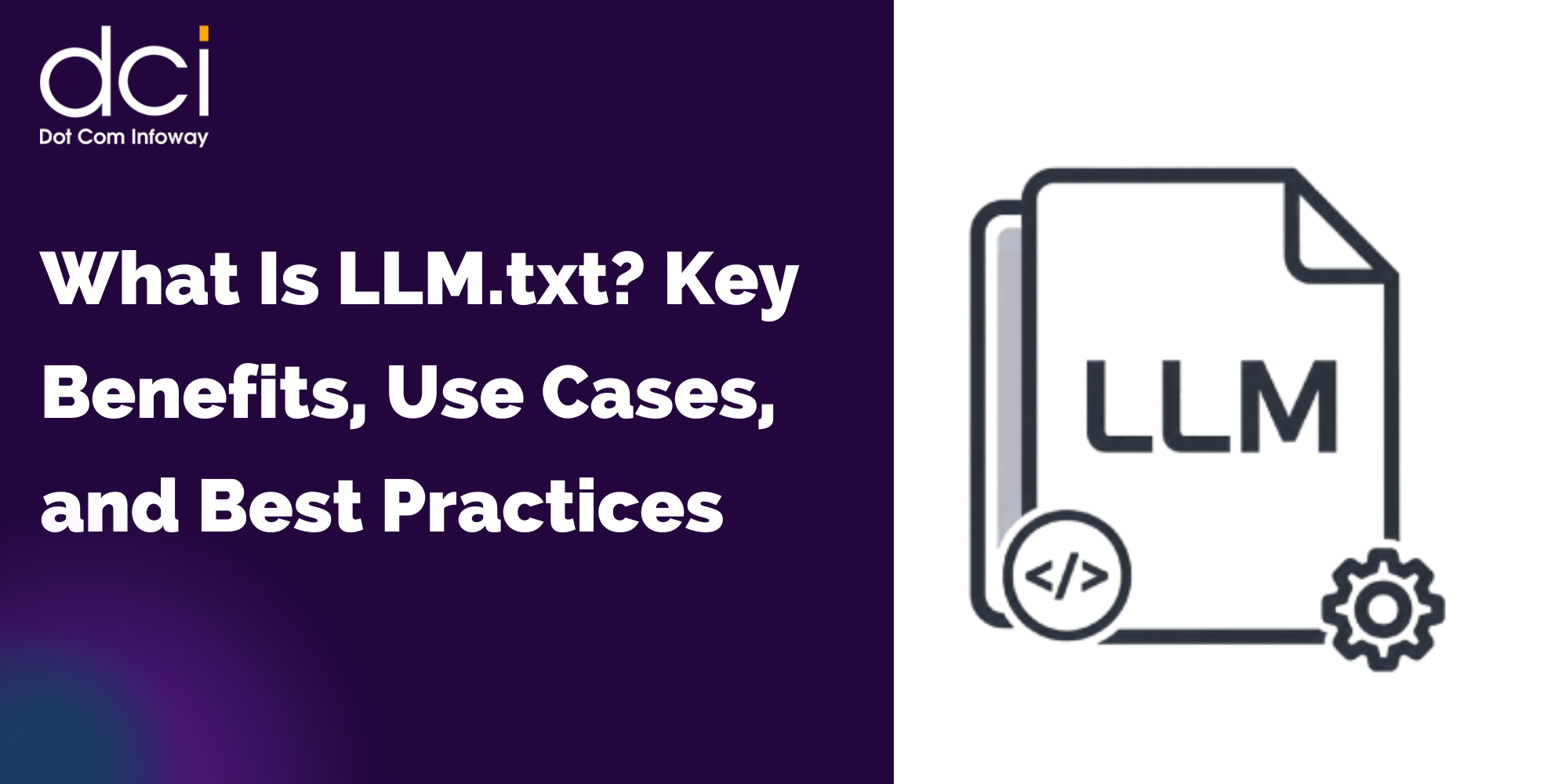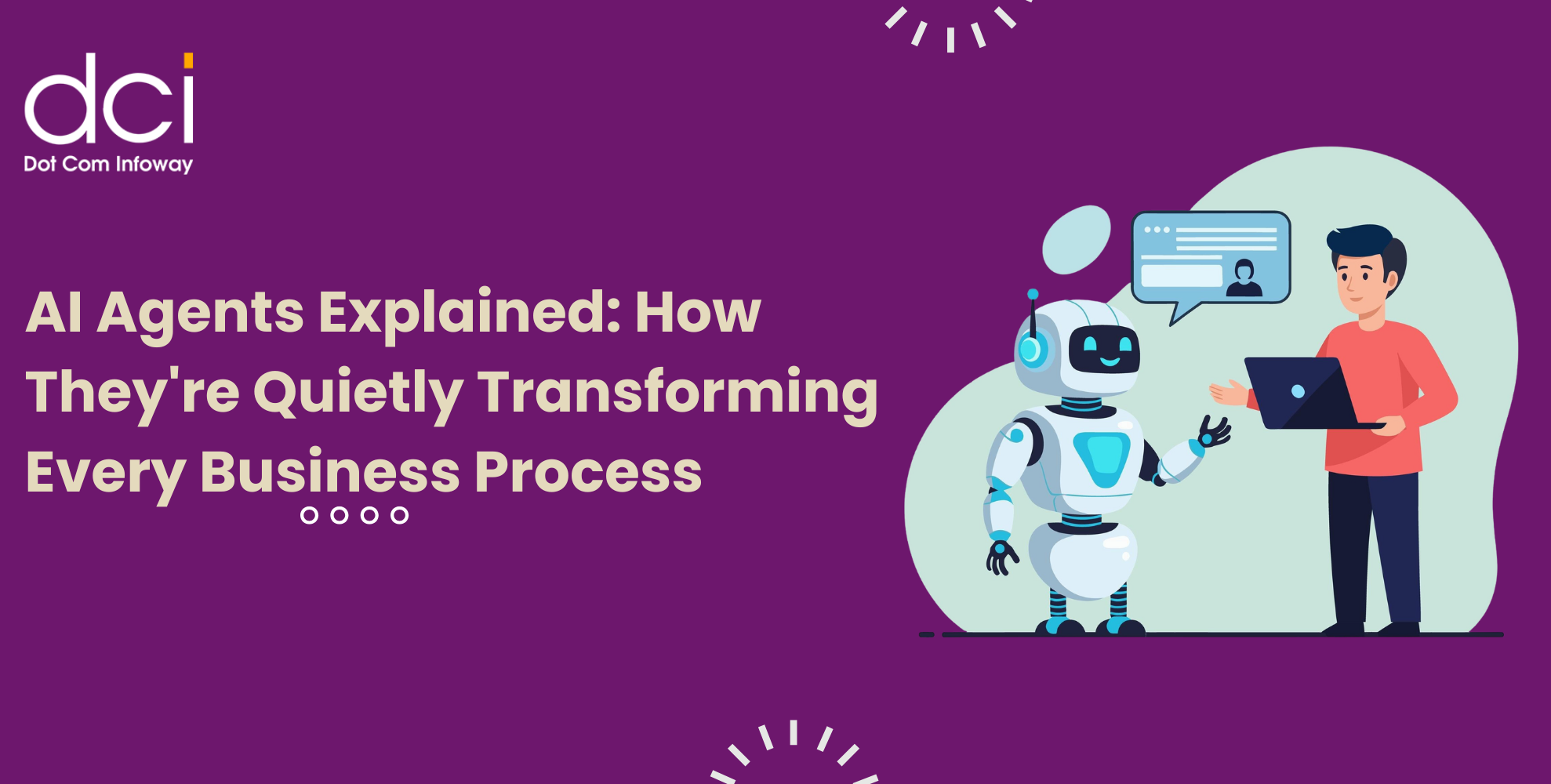Here are our seven questions and his winning answers,
1. What’s the biggest misconception when it comes to marketing an app?
“User Acquisition is achieved with an install”.
That’s a big misconception. 98% of users who install an app never make the first purchase. The only way to achieve a sustainable App Marketing Strategy is to combine App User Acquisition with Retargeting in a systematic and tactical way.
Still, marketers still think of Cost Per Install (CPI) as a basic “currency” for acquisition. But an install is no more than a new visitor at your storefront window. Congrats! But now you still need that user to come in and BUY!
At Jampp we’ve stopped looking at installs as a primary metric since we feel that only a user who has converted to your business model and generates revenue really qualifies as a new user. Advertisers should focus on their cost per first order/ride/checkout.
However, even once you’ve succeeded in obtaining a new customer, your work isn’t finished, because the competition isn’t idle. Locking in new loyal users usually involves repeated transactions and successful advertisers will tackle a conversion chain along winning, binding and retain users.
At Jampp we dig deep to analyze your data and understand the ideal frequency, timing, and creative message to make sure users come back and don’t churn away.
Another misconception is the notion that CPI is an efficient pricing model for advertisers.
Truth is, no matter how you pay, you will always compete on an eCPM level (note: this refers to the effective CPM for the publisher).
Since a CPI pricing model focuses on an install, and not necessarily a true client interaction, it incentivizes publishers to implement fraudulent activities like click-spamming, bot farming, and many others. Most of these fraud techniques are designed to “produce” a last-click and “steal” a conversion from either your organic user base or even from other publishers who had meaningful customer touchpoints.
Effect:
- Fraudsters get the attribution and all the pay.
- Quality publishers with valuable client interaction are not getting paid and eventually move away to other advertisers that yield higher (e)CPM.
We actually designed an app from scratch, to test the actual impact of showing a creative and the results showed that 28% of users installed an app after seeing an ad, even though they didn’t click on it.
If you pay CPI, you will pay for a lot of your organics, but you will lose that 28 %.
2. In your experience, what are the common hurdles faced by app marketers?
In my opinion, that’s achieving transparency along the entire advertising supply chain: only once you understand where and how your suppliers are acquiring your traffic will you get a grip on fraud, navigate potential cannibalization of different channels and ensure your budget is optimally allocated.
Whenever a supplier does not provide full transparency to its publishers or won’t share impression level data, you should ask WHY? I can assure you that there’s absolutely no technical reason to not share that data. Suspicious right?
Comprehensive Attribution
In order to track campaign performance, advertisers need to understand their different attribution models like Click To Action (CTA), View-Through Attribution (VTA) and Multitouch before comparing results from different channels (On that note, with a better understanding of tracking and attribution, advertisers will potentially be less trusting of self-attributing channels).
The Facebook-Google-duopoly remains another fear factor. DSPs can help you to discover mobile display as a scalable, incremental channel.
Understand & Prove Incrementality
There’s increasing pressure to prove the return of advertising spends on large marketing budgets. Once you’ve cleaned up your data end2end, you can start measuring the uplift generated by your different channels.
3. What is your view on remarketing on mobile?
Retargeting is just as important as User Acquisition. It’s truly an integral part of the mobile app marketing funnel: an install comes first, but retargeting helps with driving registrations, first orders, and building habits to establish a loyal customer base.
When retargeting is added to the marketing mix, almost all relevant KPI will improve rapidly:
- Cost Per the first Activation
- Lifetime Value (LTV)
- User Retention
- Return On Ad Spend (ROAS)


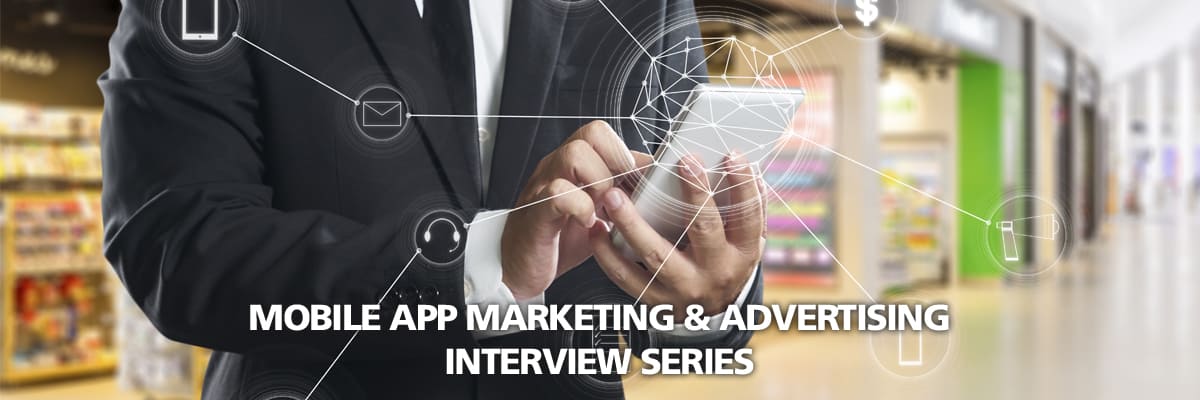



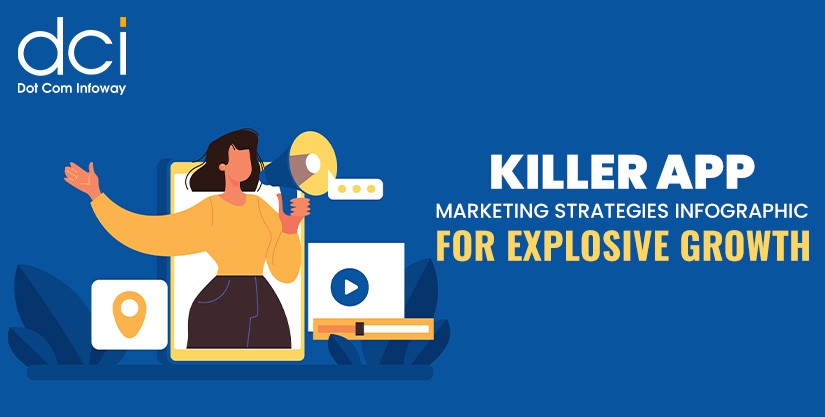

![The Game Marketing Guide: Pre and Post-Launch Strategies [Infographic]](https://www.dotcominfoway.com/wp-content/uploads/2023/09/DCI-Game-Marketing-blog-1.jpg)
